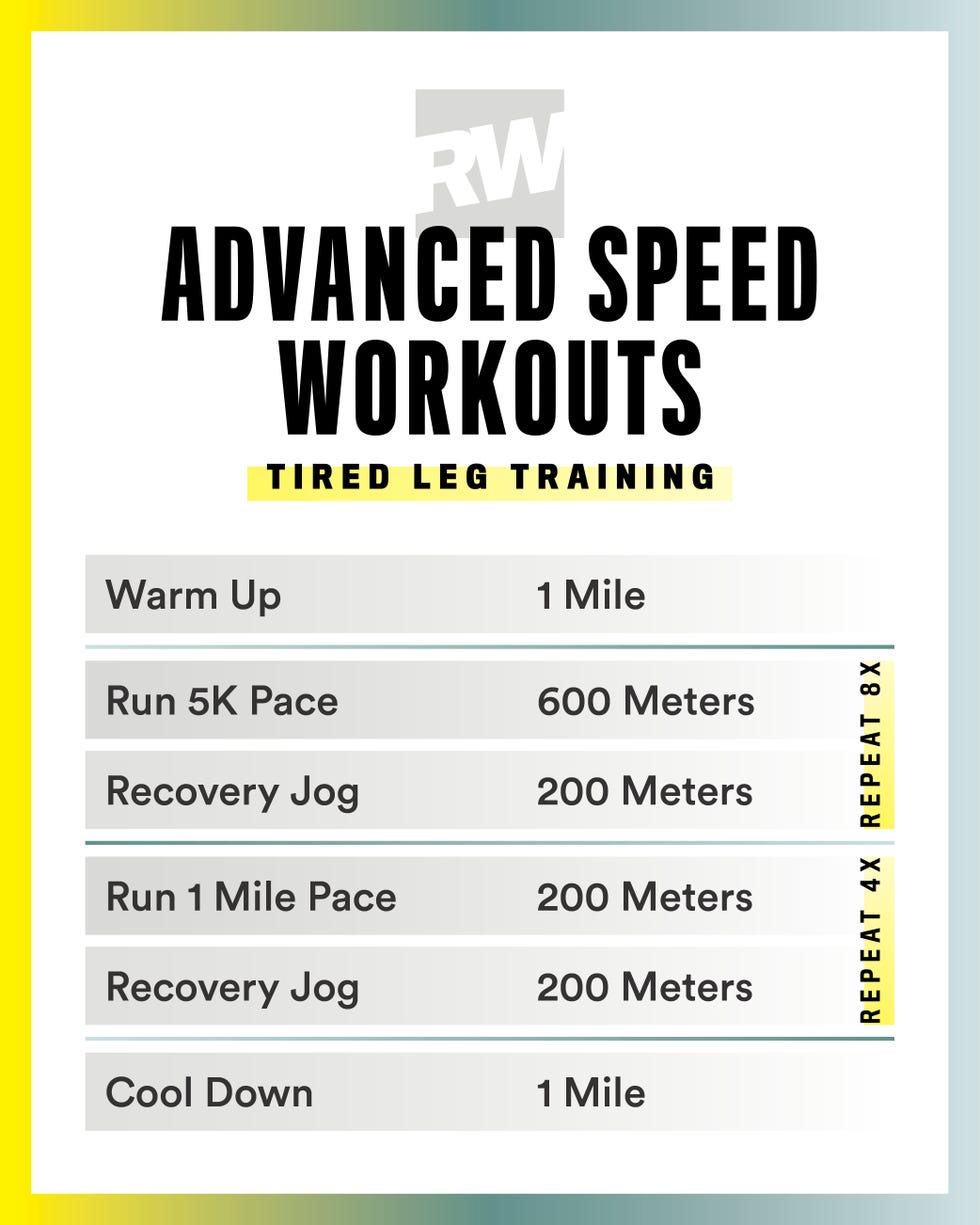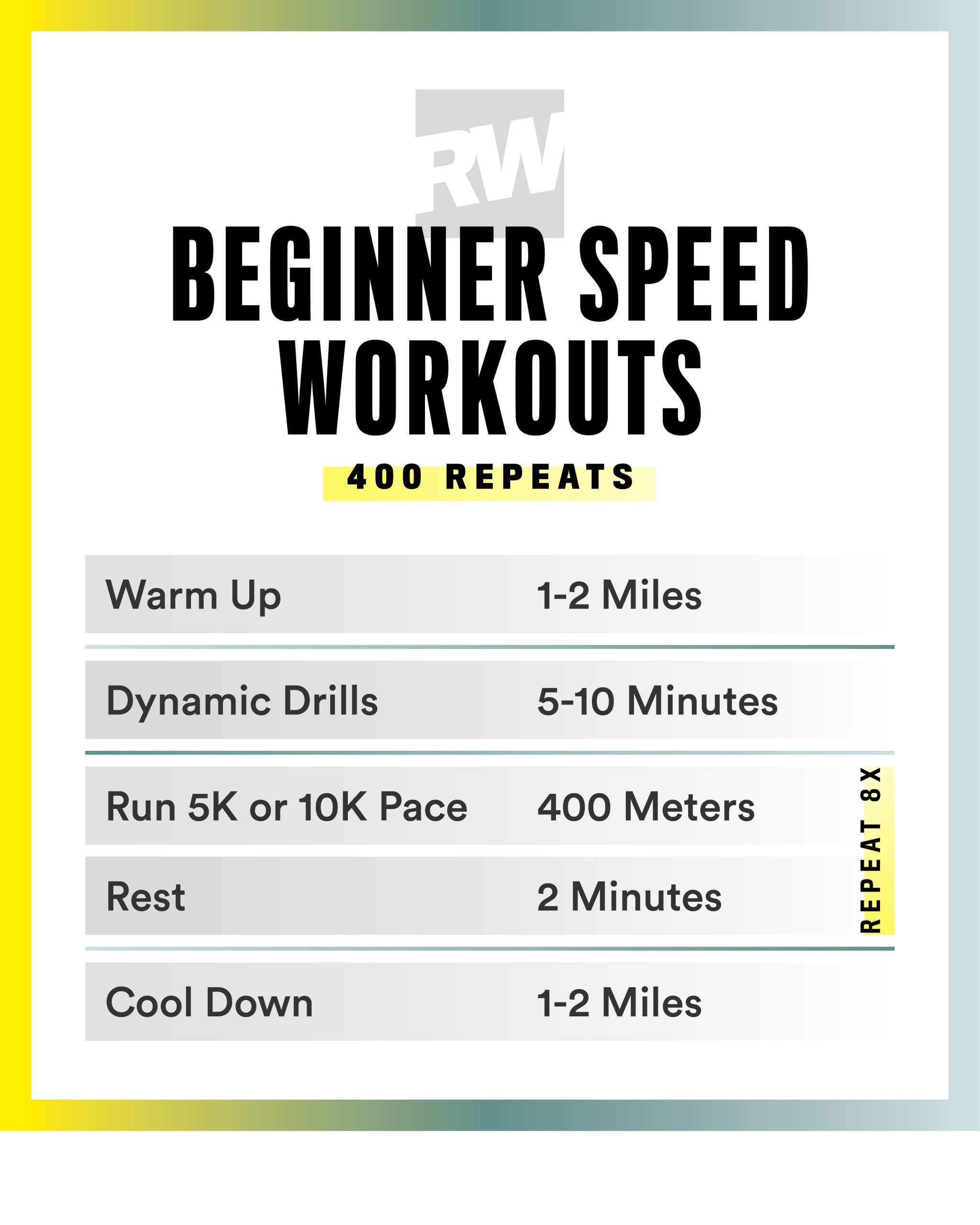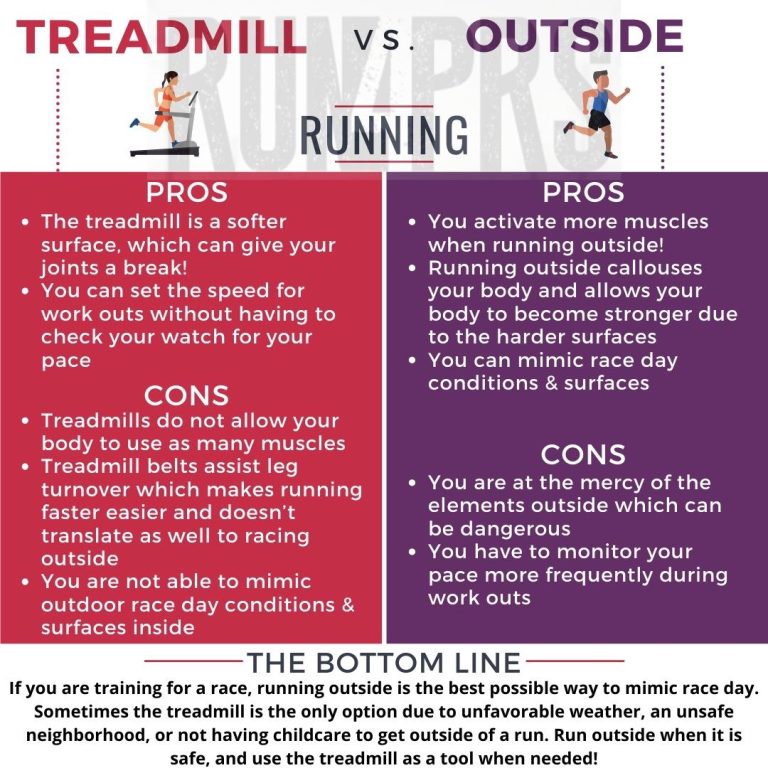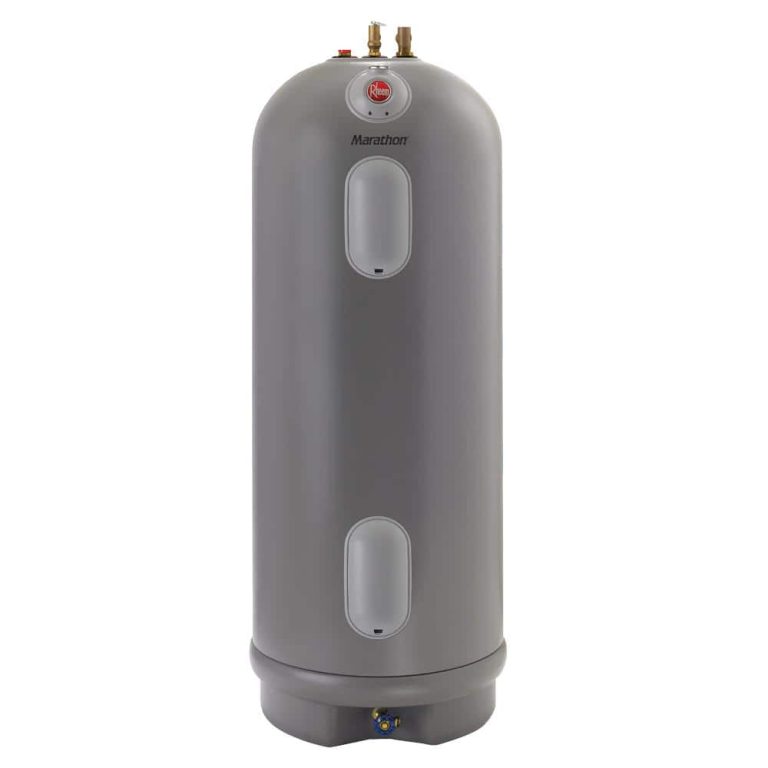Speed Workouts For Beginning Runners
For beginning runners, incorporating speed workouts like intervals and tempo runs can help improve performance quickly. These structured workouts build endurance, speed, and mental toughness, setting a strong foundation for continued progress in running.
By integrating these types of speed workouts into a training plan, new runners can gradually increase their pace and distance while reducing the risk of injury. This targeted approach also helps beginners develop efficient running form and improve overall cardiovascular fitness.
With proper guidance and consistency, speed workouts can be an effective tool for beginners to enhance their running abilities and reach their goals. By gradually increasing intensity and duration, new runners can build confidence and endurance while minimizing the risk of burnout or overtraining.

Credit: www.pinterest.com
Why Incorporate Speed Workouts
Incorporating speed workouts can be beneficial for beginner runners as it helps improve their running pace and builds endurance. These workouts enhance cardiovascular fitness, promote muscle strength, and provide a challenge that helps runners progress in their training.
Why Incorporate Speed Workouts Whether you are a new runner or an experienced one, incorporating speed workouts into your training routine can have a multitude of benefits. Speed workouts, which involve running at a faster pace than your normal training runs, can be highly beneficial for beginners. Improving Running Efficiency, Increasing Endurance, and Building Mental Toughness are just a few of the reasons why beginners should consider integrating speed workouts into their training program. “`htmlImprove Running Efficiency
“` Speed workouts help beginners improve their running efficiency by focusing on form, stride length, and cadence. By running at faster speeds, beginners can train their bodies to move more efficiently, leading to better running mechanics and overall performance. “`htmlIncrease Endurance
“` Incorporating speed workouts into a beginner’s training routine can also lead to increased endurance. By pushing the body to run at faster paces, beginners gradually build up their cardiovascular capacity and muscular endurance, enabling them to sustain longer distances and improve overall stamina. “`htmlBuilding Mental Toughness
“` Speed workouts can also help beginners develop mental toughness and resilience. As they challenge themselves to run faster and push through discomfort, beginners will learn to overcome mental barriers and push their limits, ultimately enhancing their mental strength and determination during races and training runs.
Credit: www.runnersworld.com
Types Of Speed Workouts
When starting a running program, integrating speed workouts can help improve endurance and performance. Here are a few types of speed workouts that can benefit beginner runners:
Interval Training
Interval training involves alternating between high-intensity bursts of running and periods of rest or lower intensity.
Fartlek Runs
Fartlek runs are unstructured speed workouts that mix fast segments with slower-paced running, allowing beginners to adjust the intensity based on their comfort level.
Tips For Starting Speed Workouts
Gradually Increase Intensity
Beginners should gradually ramp up the intensity of their speed workouts to avoid injury.
Proper Warm-up And Cool-down
Always remember to warm up before starting your speed workout and cool down afterward to prevent muscle strain.

Credit: www.pinterest.com
Common Mistakes To Avoid
When incorporating speed workouts into their routine, beginner runners should avoid common mistakes, such as skipping proper warm-ups, overdoing it, and neglecting recovery periods. It’s important to gradually increase intensity and pay attention to form to prevent injury and promote progress.
Common Mistakes to Avoid Beginning runners often make a few common mistakes when it comes to speed workouts. Be sure to steer clear of these errors to get the most out of your training and stay injury-free. H3 headings: 1. Skipping Recovery Days 2. Overtraining Skipping Recovery Days It’s essential to incorporate recovery days into your training schedule to allow your body to rest and repair. Neglecting recovery can lead to overuse injuries and burnout, hindering your progress. Aim to include at least one or two rest days per week, alternating them with your speed workout days. Overtraining Pushing yourself too hard and too often can lead to overtraining, which may result in fatigue, decreased performance, and increased risk of injury. Respect your body’s limits and gradually increase the intensity and volume of your speed workouts. Listen to your body and take note of any signs of overtraining, such as persistent tiredness or lack of motivation, and adjust your training accordingly. By avoiding these common mistakes, you can maximize the benefits of your speed workouts and progress as a beginning runner.Sample Speed Workout Routine
Welcome to our sample speed workout routine designed specifically for beginning runners. Incorporating speed workouts into your training can greatly improve your running performance and help you reach your goals. In this article, we will guide you through a dynamic warm-up, sprint intervals, and recovery jog to give you a complete speed training experience.
Dynamic Warm-up
A dynamic warm-up is a crucial part of any speed workout routine. It prepares your muscles and joints for the intense exercise to come, reducing the risk of injury. Below is a sample dynamic warm-up routine:
- High Knees: Stand tall and march in place, lifting your knees as high as possible, aiming for a quick and bouncy movement.
- Leg Swings: Stand beside a wall or sturdy support and swing one leg forward and backward, keeping it straight. Repeat for each leg.
- Walking Lunges: Step forward with one leg, lowering your body until both knees are at 90-degree angles. Alternate legs as you continue walking.
- Butt Kicks: Stand tall and jog in place, kicking your heels up to touch your glutes on each stride.
- Arm Circles: Stand with your feet shoulder-width apart and extend your arms out to the sides. Make small circles in a forward motion, gradually increasing the size of the circles.
Sprint Intervals
Sprint intervals are short bursts of intense running followed by short recovery periods. They help increase your overall speed and endurance. Here’s a suggested sprint interval session:
| Sprint Interval | Recovery Period |
|---|---|
| 20 seconds | 40 seconds |
| 30 seconds | 30 seconds |
| 40 seconds | 20 seconds |
| 50 seconds | 10 seconds |
Repeat the above sprint interval set 4-6 times, allowing yourself a short rest of 1-2 minutes between sets. Remember to maintain proper form and focus on your breathing during the sprint intervals.
Recovery Jog
After completing the sprint intervals, it’s important to allow your body to recover. A gentle recovery jog helps to flush out any metabolic waste products from your muscles and aids in their recovery. Here’s how to do a recovery jog:
- Set Your Pace: Slow down your running speed to a comfortable, conversational pace.
- Focus on Breathing: Take deep breaths in through your nose and exhale slowly through your mouth.
- Enjoy the Scenery: Use this time to appreciate your surroundings and enjoy the benefits of your hard work.
- Pay Attention to your Body: Listen to any signs of fatigue or discomfort and adjust your pace accordingly.
Incorporating this sample speed workout routine into your training schedule will help you improve your running abilities gradually. Remember to always prioritize safety and listen to your body throughout the process. Happy running!
Frequently Asked Questions On Speed Workouts For Beginning Runners
What Are The Best Speed Workouts For Beginning Runners?
Speed workouts like intervals and fartlek runs are great for beginning runners to improve their running speed and endurance.
How Often Should Beginning Runners Do Speed Workouts?
Beginning runners should start with one or two speed workouts per week and gradually increase the frequency as their fitness level improves.
Are Speed Workouts Suitable For All Beginning Runners?
Speed workouts can be beneficial for most beginning runners, but it’s important to start slowly and listen to your body to avoid injury.
Conclusion
Incorporating speed workouts into your running routine can significantly improve your performance as a beginner. By engaging in structured and targeted speed sessions, you can enhance your aerobic capacity and build strength, leading to overall better running experiences. Remember to listen to your body and gradually increase intensity for sustainable progress.






